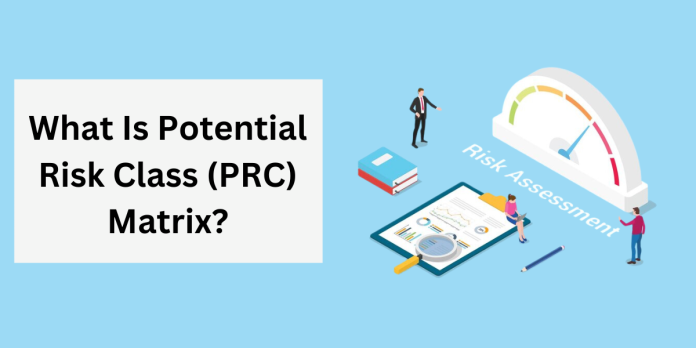What’s a PRC (potential risk class) Matrix, and why should we know about it? Well, it’s a way to understand how risky your investments in debt mutual funds are. Let’s break it down in simple terms.
The PRC matrix, introduced by SEBI in December 2021, helps debt mutual funds classify their risk levels. It’s like a risk scale for these funds. They use this scale to tell you how much risk they’re willing to take with your money.
Now, when you invest in debt mutual funds, there are two main risks to watch out for; credit risk and interest rate risk.
Credit risk is like when you lend money to someone, and they don’t pay it back. In this case, it’s when the institutions these funds lend to can’t repay the money. If that happens, the value of the fund goes down.
Interest rate risk is a bit different. It’s like a see-saw with bond prices and interest rates. When interest rates go up, bond prices go down, and so does the value of the fund. This is called interest rate risk.
The PRC matrix has three categories for each of these risks. For interest rate risk, there are Class I, Class II, and Class III. Class I has the lowest risk, and Class III has the highest. For credit risk, it’s Class A, Class B, and Class C, with Class A being the lowest and Class C being the highest.
Now, here’s how they figure out which category a fund falls into. They use something called Macaulay Duration (MD) for interest rate risk. It’s a way to measure how sensitive a fund is to interest rate changes. The lower the MD, the lower the risk.
So, Class I funds have an MD of up to 1 year (lowest risk), Class II has an MD of up to 3 years (moderate risk), and Class III is for anything higher (highest risk).
For credit risk, they use Credit Risk Value (CRV). The higher the CRV, the lower the credit risk. Government securities have a high CRV, while unrated securities have a low one.
So, Class A funds have securities with a CRV 12 or higher (lowest credit risk), Class B has a CRV 10 or 11 (moderate risk), and Class C has CRV below 10 (highest credit risk).
In the end, a fund’s risk level is a combination of its interest rate risk and credit risk. So, if you see a fund labelled as A-I, it means it has the lowest risk for both interest rates and credit. But if it’s C-III, it’s on the riskier side for both.
So, when you’re thinking about investing in debt mutual funds, keep an eye on that PRC matrix. It’s a handy tool to understand the risk you’re taking with your hard-earned money.
| Maximum credit risk | Class A | Class B | Class C |
|
Maximum Interest rate risk |
(CRV more than 12) | (CRV of 10-12) |
(CRV below 10) |
| Class I (MD up to 1 year) | A-I | B-I | C-I |
| IRR lowest | IRR lowest | IRR lowest | |
| CRR lowest | CRR moderate | CRR highest | |
| Class II | A-II | B-II | C-II |
| (MD up to 3 years) | IRR moderate | IRR moderate | IRR moderate |
| CRR lowest | CRR moderate | CRR highest | |
| Class III (Any other MD) | A-III | B-III | C-III |
| IRR higher | IRR highest | IRR highest | |
| CRR lowest | CRR moderate | CRR highes |


